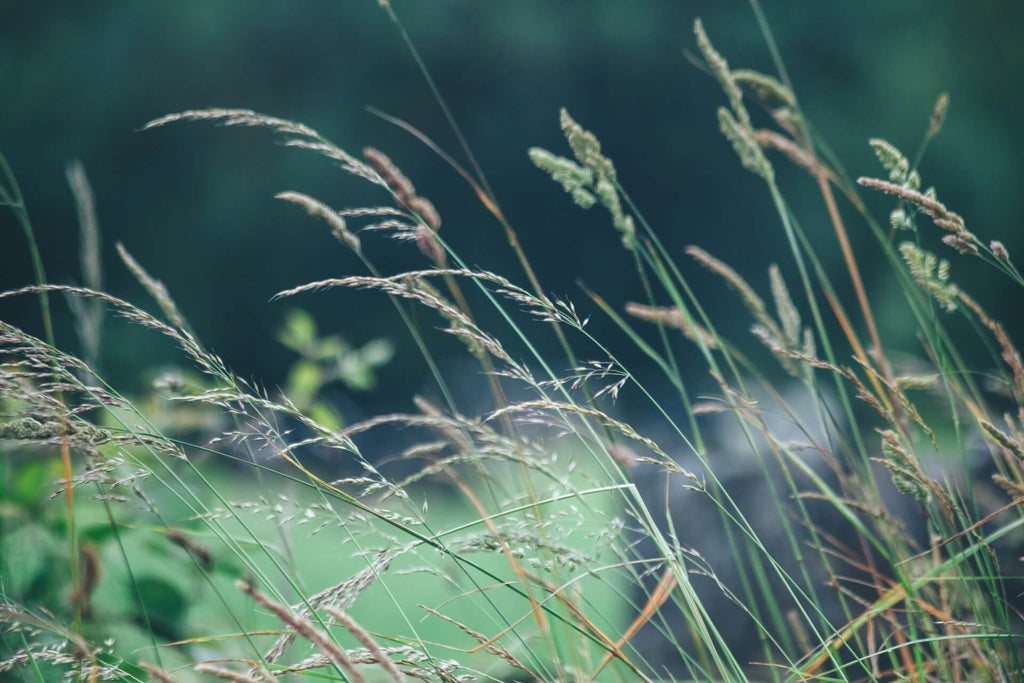Why You Should Avoid Ryegrass in your Meadow Mix
Posted by PURE SEEDS

One of the most widely-used grass species in the UK is ryegrass. It's economical, quick to establish, and provides a lush lawn that suppresses weeds. However, despite its popularity, we've made a conscious decision not to include it in our upcoming grass seed mixes. Why is that? Because the qualities that make perennial ryegrass fantastic for a lawn make it less ideal when it comes to promoting biodiversity and supporting wildflowers.
Ryegrass is a dominant species. It germinates in just 3 to 5 days and can produce a dense turf in as little as 30 days. Considering that most wildflower seeds take between 7 and 30 days to germinate, ryegrass will have already dominated the area, covering the ground and overcrowding the wildflowers that are just beginning to sprout and establish roots. Even flowers that do manage to emerge are at risk of being smothered by this rapid-growing grass. Ryegrass is both tall and known for quick growth, reaching heights of up to 90cm. This creates a lot of shade, which some flower varieties don't tolerate well. It also grows significantly taller than most wildflowers, obscuring the view of your beautiful blooms.
What should you use instead of ryegrass when you're cultivating a natural meadow? We suggest a variety of native meadow grasses, which creates an aesthetic appeal and caters for as much wildlife as possible. An ideal meadow grass mix should include species such as:
- Creeping Red Fescue
- Meadow Fescue
- Tall Fescue
- Timothy
- Hard Fescue
- Cocksfoot
- Smooth-Stalked Meadow Grass
Much like wildflowers, Meadow Fescue thrives well in poor soil conditions, making it very compatible with wildflowers. Timothy and Creeping Red Fescue are both slow-growing initially, allowing wildflowers to become well-established. All these species provide an excellent support structure for your meadow, adding visual interest and providing value to wildlife.

WIldlife friendly grasses and meadows.
While it's common to think of flowers as being the primary attraction for pollinators, the grass in a meadow is equally important to wildlife. For example, Cocksfoot grass is a food source for caterpillars, its seeds are a treat for birds, and its pollen is favoured by honeybees. It also provides a habitat for bees to build nests, a safe haven for small mammals, and it offers a refuge for amphibians. Timothy grass is the primary food source for caterpillars of several butterfly species, including the marbled white, and it forms an integral part of the grassland habitat for invertebrates. Just imagine all that wildlife thriving in your garden, thanks to the right choice of grass!
Our advice to the hedgehog lovers out there: steer clear of ryegrass and opt for a diverse meadow grass mix. In the near future, look out for our own grass seed mix, specially crafted to promote biodiversity and provide a safe haven for hedgehogs and other wildlife.
